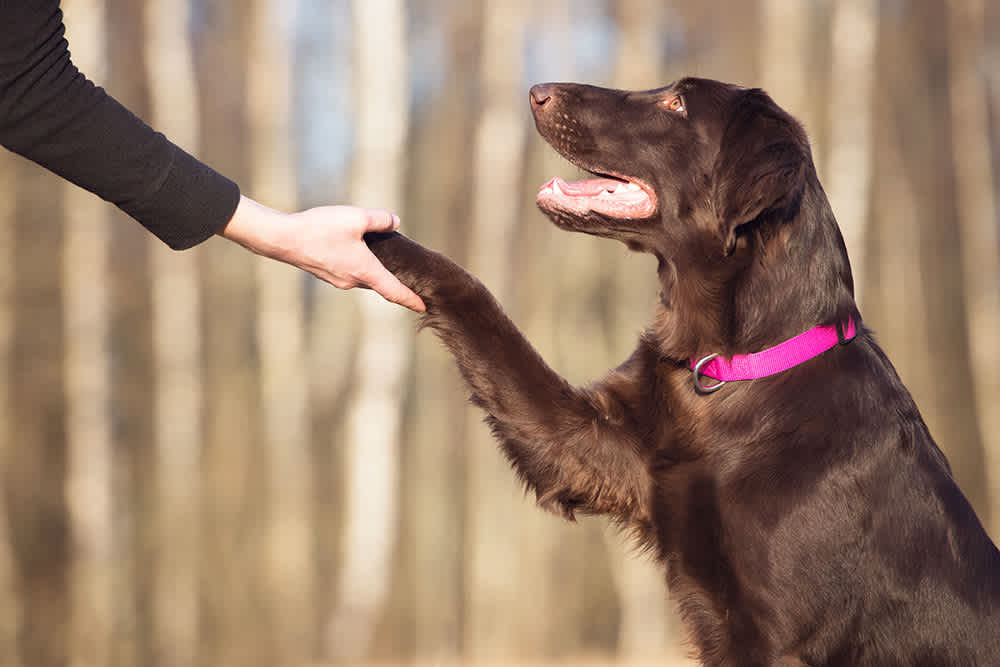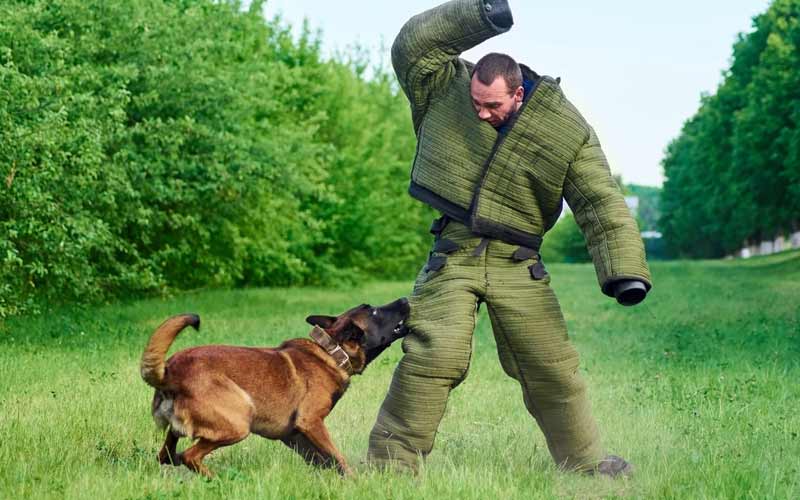Dog Training for First-Time Pet Owners: What You Need to Know
Dog Training for First-Time Pet Owners: What You Need to Know
Blog Article
Beginner's Guide to Effective Dog Training in the house
Efficiently educating a pet at home needs a nuanced understanding of canine behavior and effective interaction approaches. Establishing clear training objectives, utilizing high-quality incentives, and preserving uniformity throughout household members are essential elements. Incorporating training into day-to-day routines can improve both interaction and retention.
Recognizing Canine Habits
Understanding canine habits is essential for efficient training and cultivating a harmonious relationship between human beings and their canine friends. Pets interact mainly via body movement, vocalizations, and facial expressions, making it critical for proprietors to interpret these signals accurately. Identifying actions such as tail wagging, roaring, or cring can provide understandings right into a canine's emotion and intents.

Usual behavior problems, such as aggressiveness, anxiety, or too much barking, typically come from misunderstandings or unmet requirements. Observing and resolving these concerns promptly can avoid escalation and make certain a favorable training experience. By promoting a deep understanding of canine behavior, owners can customize their training approaches to match their canine friends, ultimately bring about a mannerly and contented pet dog.
Crucial Training Devices
A fully equipped training room can substantially enhance the efficiency of pet dog training in your home. Important training devices make sure that both the dog and the fitness instructor can take part in efficient sessions that promote discovering and bonding.

Purchasing a sturdy leash and a comfortable, well-fitting collar or harness is essential for safety and control. These tools help develop borders and guarantee the dog continues to be safe and secure throughout training. In addition, a marked training location, totally free from interruptions, aids focus for both the dog and the fitness instructor.
Educating help such as training pads, cones, or dexterity tools can additionally enhance the experience by presenting variety and obstacles. Lastly, having a note pad or digital app for tracking development can be indispensable, enabling you to keep in mind successes and areas for improvement. Utilizing these vital devices will certainly create a favorable training setting and lay the foundation for efficient discovering.
Creating an Educating Regimen
Establishing a regular training routine is essential for effective pet training in the house. A well-structured regular not just aids in enhancing desired behaviors but likewise offers your canine with a complacency and predictability. To create an you can check here effective training routine, start by determining certain training objectives, such as fundamental commands, chain strolling, or house-training.
Choose a marked time daily for training sessions, ideally when your pet is alert and receptive. Sessions needs to be brief, about 5 to 15 minutes, to maintain focus and prevent exhaustion. Uniformity in timing and setting will improve your pet's learning experience.
Incorporate training right into day-to-day tasks to reinforce abilities. As an example, practice commands during strolls or mealtime, which incorporates learning into natural routines. In addition, stay adaptable and adjust the regular as necessary, fitting your canine's energy levels and state of mind.
Positive Reinforcement Methods
Favorable reinforcement techniques are basic to effective dog training, advertising wanted actions with benefits as opposed to penalty. This approach uses positive stimuli, such as deals with, appreciation, or playtime, to motivate pets to duplicate certain actions. The foundation of click now this approach is timing; rewards need to be offered instantly adhering to the preferred behavior to develop a clear organization.
When carrying out positive support, it is necessary to select benefits that are encouraging for your pet dog. High-value treats, such as tiny pieces of hen or cheese, can be especially efficient during training sessions. Additionally, differing the benefits can keep your pet dog's interest and interest.
Begin with simple commands, like "rest" or "remain," and progressively progression to much more intricate jobs. Uniformity is essential; guarantee that all relative use the very same commands and reward systems to prevent complication.
In addition, it is important to continue to be patient and stay clear of frustration. Canines, like human beings, learn at their very own pace. By fostering a supportive training atmosphere via favorable reinforcement, you can enhance your pet dog's learning experience while enhancing the bond in between you and your fuzzy buddy, preparing for successful training results.
Typical Educating Challenges
While educating a pet dog in your home can be a gratifying experience, it often comes with a set of typical obstacles that can check both persistence and consistency. One widespread problem is diversion. Canines might end up being conveniently averted by noises, activities, or even fragrances in their setting, making it tough to keep their emphasis throughout training sessions.
One more obstacle is disparity in commands and reinforcement. If relative use different cues or rewards, it company website can confuse the pet dog and prevent progress. Establishing a unified method is vital for efficient communication.
Furthermore, pets can experience stress or anxiety, specifically if they do not recognize what is expected of them. This can lead to unfavorable habits, such as eating or barking.
Ultimately, the timing of reinforcement is crucial (Dog training). Delayed incentives can decrease the performance of positive reinforcement, as pet dogs may stop working to link the actions with the incentive
Getting rid of these challenges calls for dedication, clear interaction, and an organized training plan. Recognizing and addressing these typical barriers will pave the method for a much more delightful and effective training experience in the house.
Verdict
In final thought, successful pet dog training at home requires a detailed understanding of canine actions and efficient interaction strategies. By developing clear training objectives and making use of high-quality deals with alongside positive support, the training procedure becomes a lot more fulfilling for both the trainer and the pet dog.
Developing a constant training routine is vital for reliable pet dog training at home.Favorable reinforcement strategies are basic to effective pet training, promoting preferred habits through benefits rather than punishment (Dog training). By fostering a helpful training environment through favorable support, you can enhance your pet dog's learning experience while reinforcing the bond between you and your furry companion, laying the groundwork for effective training results
In conclusion, successful pet dog training at home demands a comprehensive understanding of canine behavior and efficient communication methods. By establishing clear training goals and making use of premium deals with alongside positive reinforcement, the training procedure becomes extra gratifying for both the instructor and the pet.
Report this page